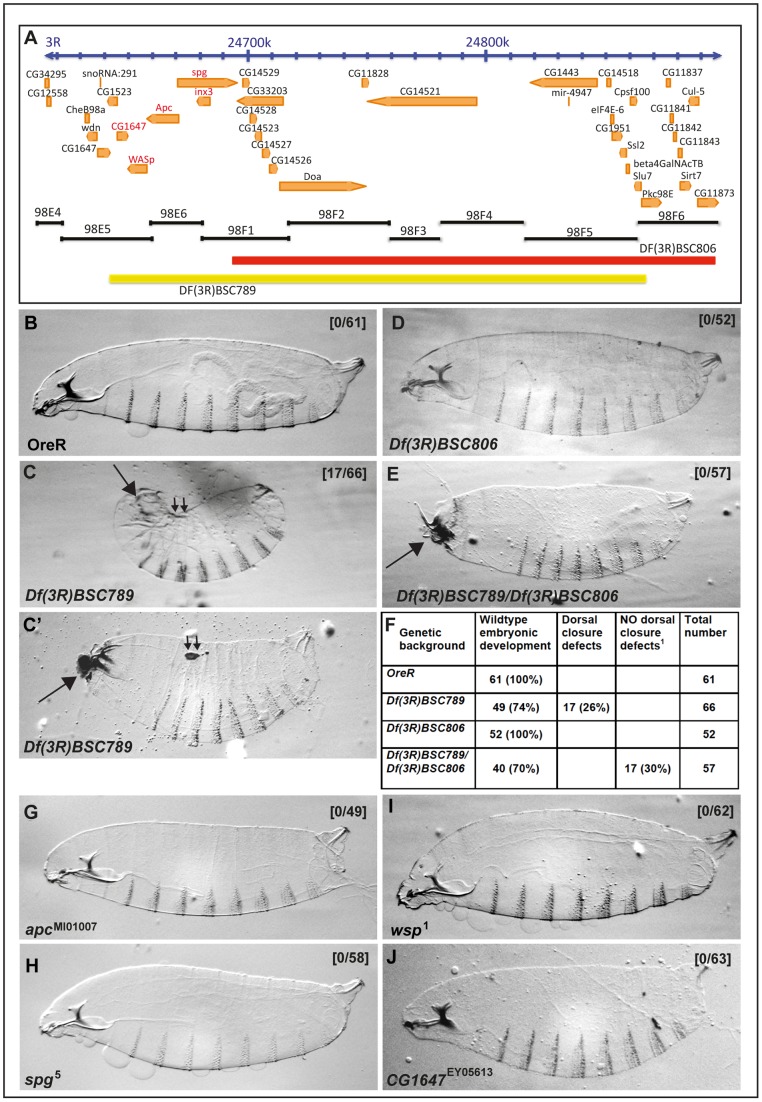Figure 3. Loss of inx3 gives strong dorsal closure defects.
A: Schematic illustration of the genomic region uncovered by Df(3R)BSC789 and Df(3R)BSC806. B–C': Brightfield micrographs of dorso-lateral cuticle preparation of OreR (B) and Df(3R)BSC789 (C–C') first instar larvae. Note small holes on the dorsal side of the embryo in (small double arrows in C') and the kink (small double arrows in C). D–E: Brightfield micrographs of dorso-lateral cuticle preparation of the larval progeny of Df(3R)BSC806 (D), of the cross of Df(3R)BSC789 with Df(3R)BSC806 (E). F: Quantification of the dorsal closure defects in larvae of the same background as above in B to E. G–J: Brightfield micrographs of dorso-lateral cuticle preparation of the larval progeny of apc (apc 1, G), sponge (spg 5, H), wasp (wsp 1, I), and CG1647 (J). Note the absence of dorsal closure defects in 100% of the larvae. Numbers in brackets design the ration of the numbers of larvae with dorsal closure defects over the total of larvae examined.

